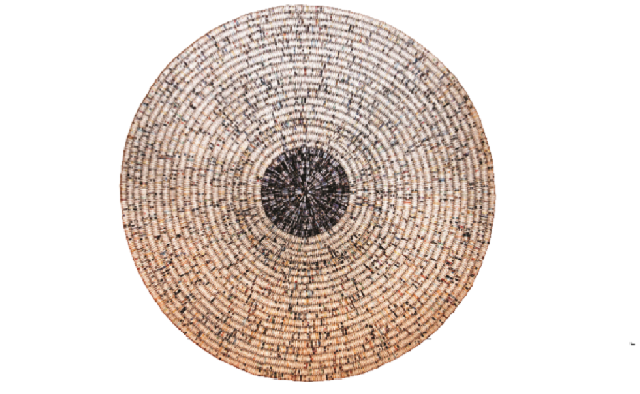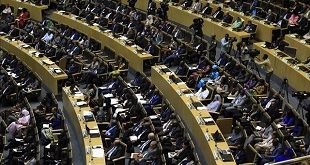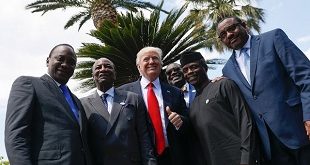
Anyone who knows the exploits of Ugandan artist Sanaa Gateja can state without fear of criticism for journalistic exaggeration that he is the only remnant of the early post-colonial crop still actively turning and influencing the wheels of contemporary art.
For over half a century, the artist has been committed to the exploitation of art in all its wealth and diversity without faltering. He has showcased his trade on all four continents.
His story is not a result of sheer chance and luck; it is a path that he deliberately crafted into a niche. That story begins from the early apprenticeship he received from his childhood neighbours; including Batwa potters and metalsmiths.
Sanaa has since worked with a medley of indigenous material culture, especially the bark cloth and locally found materials, to make a variety of art works. So compelling were some of his innovations that in 1990 when Sanaa established the Kwetu Africa studio in Kasese and started making paper beads out of magazine paper and glue, the craft became a phenomenal success in the entire East African region to date and yet few people even recognise him as the progenitor of the technique.

In 1970 Sanaa represented Uganda at the International Expo in Osaka Japan. This could have been the precursor of an art career that would traverse continents. He was to later move to Mombasa Kenya where he obtained some rather crude skills in precious metal craftsmanship, making jewelry with the Swahili artists in Mombasa where he also opened the first art gallery called Studio Sanaa, which he later moved to Moi Avenue in Nairobi. He soon realised that he needed to up his skills in art and thus in 1982 he undertook studies in goldsmithing at the International University of Art and Design in Florence, Italy and later on at the Central College of Art and Design in London. Upon his return to Uganda in 1990, he tried to continue working with precious metals but he soon realised that his life was in incessant danger as most people thought he was a wealthy gold dealer. His studio was once ransacked by thugs searching for gold. He summarily abandoned this trade and invented the now famous paper beads.
He believes this technique has played a momentous role in recycling materials and thus mitigating environment degradation as opposed to some of the artistic disciplines such as sculpture that involve cutting down trees to make art. He also works a lot with bark cloth, Uganda’s premier material cultural outfit, which he combines with paper beads and acrylic colours to come up with an amalgam of western pop aesthetics and indigenous knowledge concepts, which can be referred to as a form of neo-traditionalist approach.
One of Sanaa’s flagship works was a piece called “Change” which he made in bead work wrought in President Barack Obama’s campaign materials. It was exhibited at the Museum of Art and Design in New York in 2010. `Abolition Symbols’ is another work on permanent show at an intersection in Harlem, made of the same material as `Change’. The list of works that highlight Sanaa’s five decades of art can fill several volumes and galleries.
Sanaa is the founder of Kwetu Africa Art and Development Centre based in Lubowa, Kampala. He started the centre some 22 years ago as a tool to do research, innovate and create art using easily available materials. He now trains mainly rural women, equipping them with skills to fight poverty.
****
editor@independent.co.ug
 The Independent Uganda: You get the Truth we Pay the Price
The Independent Uganda: You get the Truth we Pay the Price


